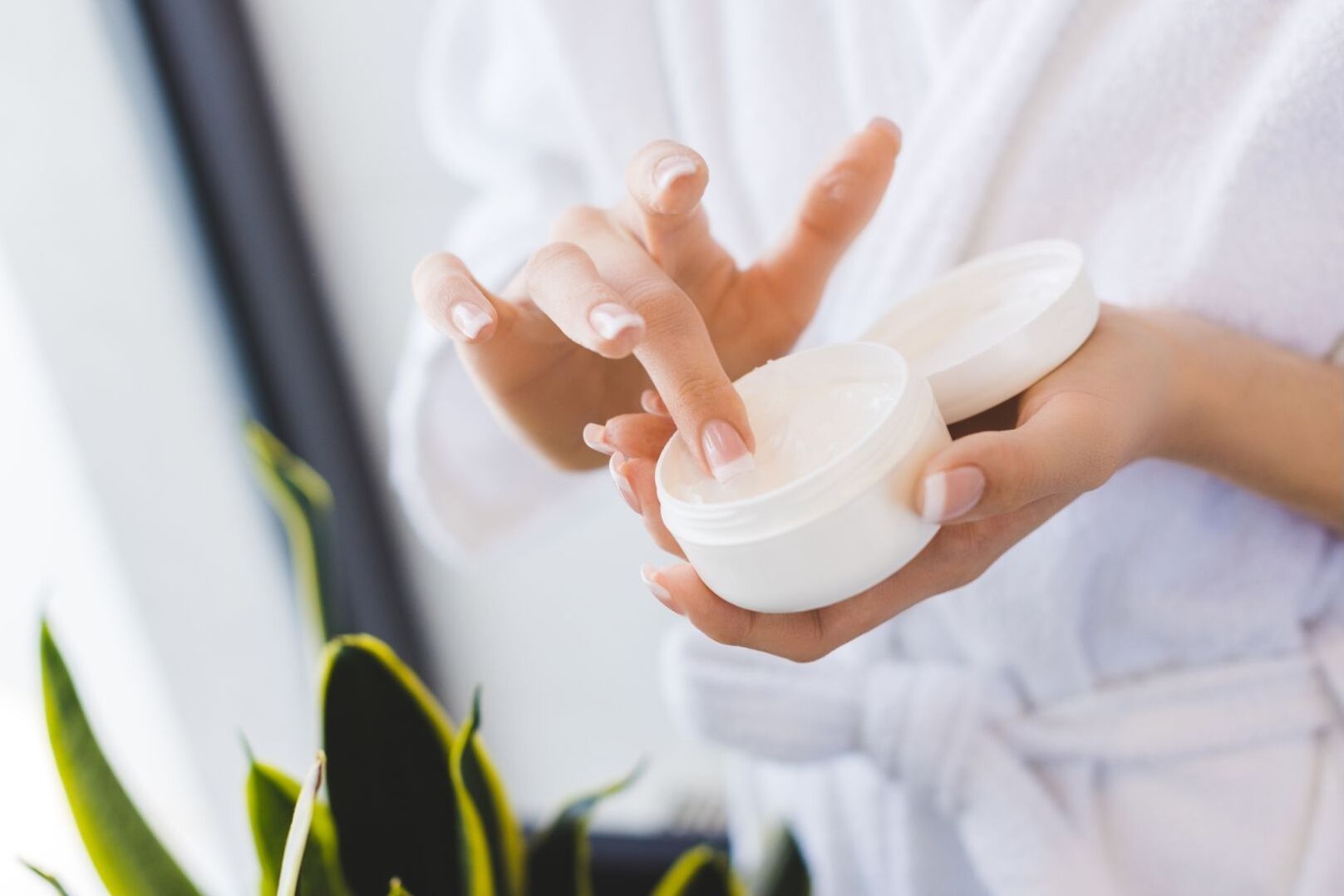

Many of us deal with skin redness from time to time. But if you've noticed a persistent red flush to your cheeks, visible blood vessels on your skin, or visible red blood vessels that branch across your face, you could be experiencing rosacea.
According to the National Rosacea Society, the common skin ailment affects over 16 million Americans and 415 million people worldwide. Rosacea mostly occurs amongst people over 30 and can be treated through various methods, ranging from topical treatments to laser therapy.
The best way to prevent it from taking over your skin and activities is to learn more about the skin condition. Read on to what causes rosacea and the possible treatments....
What Is Rosacea?
As previously mentioned, rosacea is a common, chronic skin condition. It most often involves the central face (nose, cheeks, forehead, chin) but can also spread to the ears, neck, chest, and back. It’s characterized by redness of the face and a tendency to "flush and blush." Both women and men of all skin colors can be affected, but it is more commonly seen in women with lighter skin types. It usually develops after the age of 30.
There are four types of rosacea: erythematotelangiectatic (vascular), papulopustular (inflammatory), phymatous, and ocular.
Here’s a breakdown of each type of rosacea:
Erythematotelangiectatic Rosacea: redness, flushing, and dilated blood are associated with erythematotelangiectatic rosacea. This form of the skin condition may progress to visibly dilated capillaries or blood vessels.
Papulopustular Rosacea: if you are experiencing acne-like breakouts, you may have papulopustular rosacea.
Phymatous Rosacea: the skin typically thickens and has a granulomatous texture.
Ocular Rosacea: affects your eyes and eyelids, cousin them to become red and irritated.
Causes of Rosacea
While rosacea affects millions of people, medical professionals are still trying to figure out what exactly causes it. Although we do not know the exact cause of rosacea, there is a complex interplay of hereditary, vascular, immunologic, and environmental factors that has yet to be elucidated with more research.
While there is more research to be done, existing studies indicate genetics, immune reaction, microorganisms, environmental factors, and neurovascular dysregulation are among the known contributing factors for rosacea. Ultraviolet (UV) exposure may also play a role in causing and triggering the skin condition.
Symptoms of Rosacea
In addition to redness, there are a few other telltale signs of rosacea. Skin affected by rosacea tends to be hypersensitive and can display itching, burning, stinging, sensitivity, tightness, tenderness, and discomfort. Because the manifestation, triggers, and treatments vary widely, getting guidance on the best possible treatments for you is important.
Treatment Methods
While there is currently no cure for rosacea, it can be treated with lifestyle changes combined with medical treatment. The best treatments are those with anti-inflammatory, anti-allergic, antibacterial, or anti-parasitic properties.
The most common treatment methods are topical or oral prescription medications, avoidance of triggers, laser and light therapy, and the use of soothing skin care products.
Topical Medications: Mild-to-moderate rosacea can often be treated with prescription topical medications. Examples include topical metronidazole, ivermectin, niacinamide, azelaic acid, and sulfur.
Oral Medications: Your dermatologist may include oral medication in your treatment plan. Prescription oral medications include oral antibiotics, specifically the tetracycline class. Low-dose doxycycline is used because of its anti-inflammatory benefits, and it is a first-line therapy for ocular rosacea as well. a
Avoidance of Triggers: Several environmental factors may contribute to rosacea flare-ups. These include sunlight, stress, heat, exercise, alcohol, spicy foods, cold temperatures, and topical steroids.
Laser and Light Therapy: Vascular lasers and intense pulsed light devices have been a mainstay in the treatment of rosacea. They work by targeting hemoglobin in the blood vessels that are responsible for the flushing and blushing phenomenon, thereby reducing redness and telangiectasias.
Gentle Skin Care Products: Using non-irritating products in your skin care routine is key. You should look for products formulated ingredients meant for sensitive, visibly red, itchy, and dry skin. Use this with a soap-free cleanser, gentle moisturizer, and mineral sunscreen, and you have a complete regimen.
When to See The Doctor
If over-the-counter products and the avoidance of triggers are not controlling your symptoms, it’s recommended seeking help from a board-certified dermatologist. Other conditions like contact dermatitis or autoimmune diseases can also cause a red, sensitive face, so a dermatologist can properly diagnose your skin condition and set you on the right path for treatment.
If your rosacea is cystic, painful, or you are starting to see granulomatous textural changes to your skin, you may benefit from prescription medications in conjunction with laser treatments. Severe thickening and granulomatous changes of the skin in rhinophyma may require surgical intervention. If you are experiencing dry eyes or a foreign body sensation in your eyes, you should see an ophthalmologist to be evaluated for ocular rosacea.
The Final Takeaway
Rosacea is one of the most common skin conditions. While it is a chronic inflammatory disorder, there are various ways to treat and reduce symptoms (from topical prescription medication to laser therapy). If you are dealing with rosacea, the way to conquer it daily is with the right skin care products. Shop Wild Naturals for the best all-natural ingredients designed for skin conditions like rosacea, psoriasis, and eczema!


